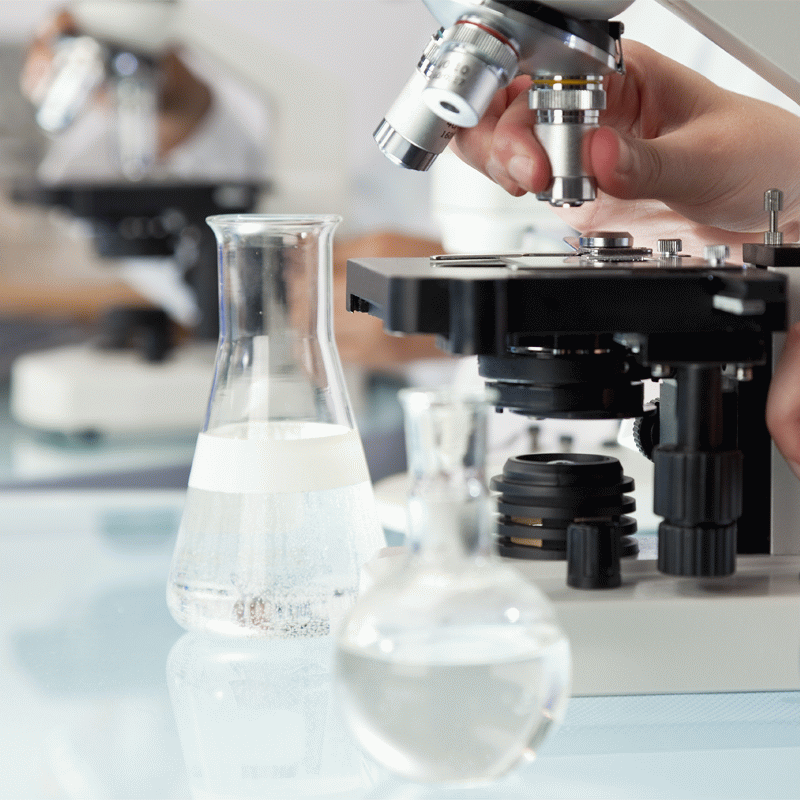-
Categories
-
Pharmaceutical Intermediates
-
Active Pharmaceutical Ingredients
-
Food Additives
- Industrial Coatings
- Agrochemicals
- Dyes and Pigments
- Surfactant
- Flavors and Fragrances
- Chemical Reagents
- Catalyst and Auxiliary
- Natural Products
- Inorganic Chemistry
-
Organic Chemistry
-
Biochemical Engineering
- Analytical Chemistry
- Cosmetic Ingredient
-
Pharmaceutical Intermediates
Promotion
ECHEMI Mall
Wholesale
Weekly Price
Exhibition
News
-
Trade Service
Editor-in-Chief | How the nervous system encodes and regulates complex information processing and decision-making in social behavior has always been an important issue in the field of brain science
.
Prosocial behavior (prosocial behavior) is one of the most complex behaviors that social animals (including humans) can show, and it is one of the key factors that promote the evolutionary success of humans and other social animals
.
In human society, people often perform pro-social behaviors, such as helping, comforting, sharing, donating, cooperating, and even self-sacrificing behaviors that are beneficial to others or society
.
Pro-social behaviors are not limited to humans.
Other social animals can also show similar behaviors such as helping, comforting, sharing, etc.
, thereby giving spiritual and material support to other individuals in the population
.
However, how prosocial behavior occurs, and the neurobiological mechanism of its encoding and regulation in neural networks are still unclear
.
On October 13, 2021, the research team of Professor Weizhe Hong from the University of California, Los Angeles (UCLA) (the first authors are Ye Emily Wu and James Dang) published an article entitled Neural control of affiliative touch in prosocial interaction in Nature [ 1]
.
This work conducted an in-depth study of prosocial behavior in mice and revealed important neurobiological mechanisms in the brain that encode and control this behavior
.
In this new study, the authors found that mice produced comforting behaviors when their companions were stressed
.
Such comforting behaviors are widespread in the animal kingdom, such as patting, petting, and hugging in humans, and allogrooming behavior in animals (such as cats and dogs)
.
The authors found that in mice, when the companion experienced an anxiety-causing stimulus, the mice’s allogrooming behavior towards their companion increased significantly
.
This behavior can be triggered by an odor signal produced by a stimulated partner
.
Importantly, this comforting behavior can reduce the anxiety level of peers
.
These results indicate that there are comforting behaviors in the form of allogrooming in mice
.
The authors further studied how the brain encodes information from other individuals to make comforting behavior decisions
.
They used miniaturized microendoscopic imaging to record neural signals in the brain area of Medial Amygdala (MeA)
.
MeA is an important brain area downstream of the olfactory system that mediates social behavior
.
The authors specifically studied the neural signals produced by neurons in this brain area when mice interact with normal or anxious counterparts
.
The authors found that the neural signals of MeA can distinguish between normal and anxious likes, and will be more activated by anxious likes
.
Further analysis also found that the neuronal activity of MeA can encode allogrooming behavior that occurs in the same kind of interaction with anxiety
.
In order to further reveal the function of MeA in regulating allogrooming behavior, the authors used optogenetics and optical fiber recording techniques to conduct in-depth research on multiple neuronal subtypes in MeA
.
They found that a specific neuron subtype (inhibitory neuron that expresses the neuropeptide Tac1) in MeA plays a key role in controlling alllogrooming behavior
.
The authors found that these neurons were activated when the mice exhibited allorooming behavior
.
Inhibition of these neurons by optogenetics will lead to a significant reduction of alllogrooming behavior, and activation of these neurons can lead to the production of alllogrooming behavior
.
Using the forward tracing technique, the authors found that these neurons project to the central preoptic area (MPOA)
.
Through the optogenetic activation experiment on this projection, the authors further confirmed that this neural circuit from MeA to MPOA can promote the generation of allogrooming behavior
.
This work deeply analyzed the prosocial behavior in mice, revealed the neural coding method of this behavior in MeA, and discovered a new neural circuit mechanism in the brain that controls this behavior
.
Attached part of the recent work of Hong Weizhe’s team: 1.
(2019) Cell | Neural activity synchronized between different brains in social behavior 2.
(2020) Neuron | Hong Weizhe’s team reveals how the neural network in the brain recognizes and encodes gender 3.
(2021) Nat Neurosci | Hong Weizhe's team reveals the neural mechanism of social behavior reward.
Original link: https://doi.
org/10.
1038/s41586-021-03962-w Reprinting instructions [Non-original article] The copyright of this article belongs to the author of the article, and personal sharing is welcome.
, Reprinting without permission is prohibited, the author has all legal rights, offenders must be investigated
.
References 1.
Wu YE, Dang J, Kingsbury L, Zhang M, Sun F, Hu RK, Hong W.
(2021) Neural control of affiliative touch in prosocial interaction.
Nature.
10.
1038/s41586-021-03962-w







